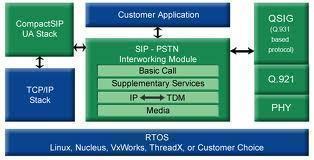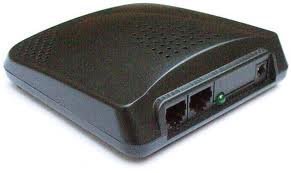QSIG is a signaling protocol that is based on ISDN. It communicates signals between private branch exchanges (PBXs) within a Private Integrated Services Network (PISN) using the application-level ROSE and connection-level Q9.31 protocols. QSIG uses ISDN as the physical link layer in the exchanges and is often used in enterprise voice or integrated service networks. The Q reference point that the protocol derives its name from is the formal dividing or demarcation point between two PINXs (Private Integrated Network Exchanges).
Who Invented the QSIG Protocol?
ECMA International first created the QSIG protocol and ETSI later adopted it. The protocol is formally defined as an ISO standard and a single company does not own it. This promotes maximum interoperability between communications platforms that separate developers create.
How does QSIG Work?
The QSIG protocol is implemented in two layers: the basic call and generic function. The QSIG basic call defines how calls between two or more PBXs occur. The generic function layer defines supplementary services that are used on large networks such as call forwarding, call intrusion, and line identification. As a result, the protocol can be implemented on large networks without the user being aware of what switch their phone is using. The QSIG protocol is deployed independent of the underlying transport technology and has been deployed on both leased phone lines as well as IP networks.
What are the Advantages of QSIG?
The primary advantage of the QSIG protocol is that it is based on open standards and works with any equipment produced to support the standard. Unlike other proprietary protocols, QSIG works separate from the organization’s underlying TELECOM infrastructure and has proven performance on large networks.
What are the Uses of QSIG?
Many applications use the QSIG protocol. These include: broadband private networks, virtual private networks (VPNs), multi-vendor PBX networking, attachments of extraneous or ancillary equipment to a PBX network (voice mail, wireless routers, etc.), VoIP applications. It also links Trans-European Trunked Radio (TETRA) areas of the world.




Follow Us!